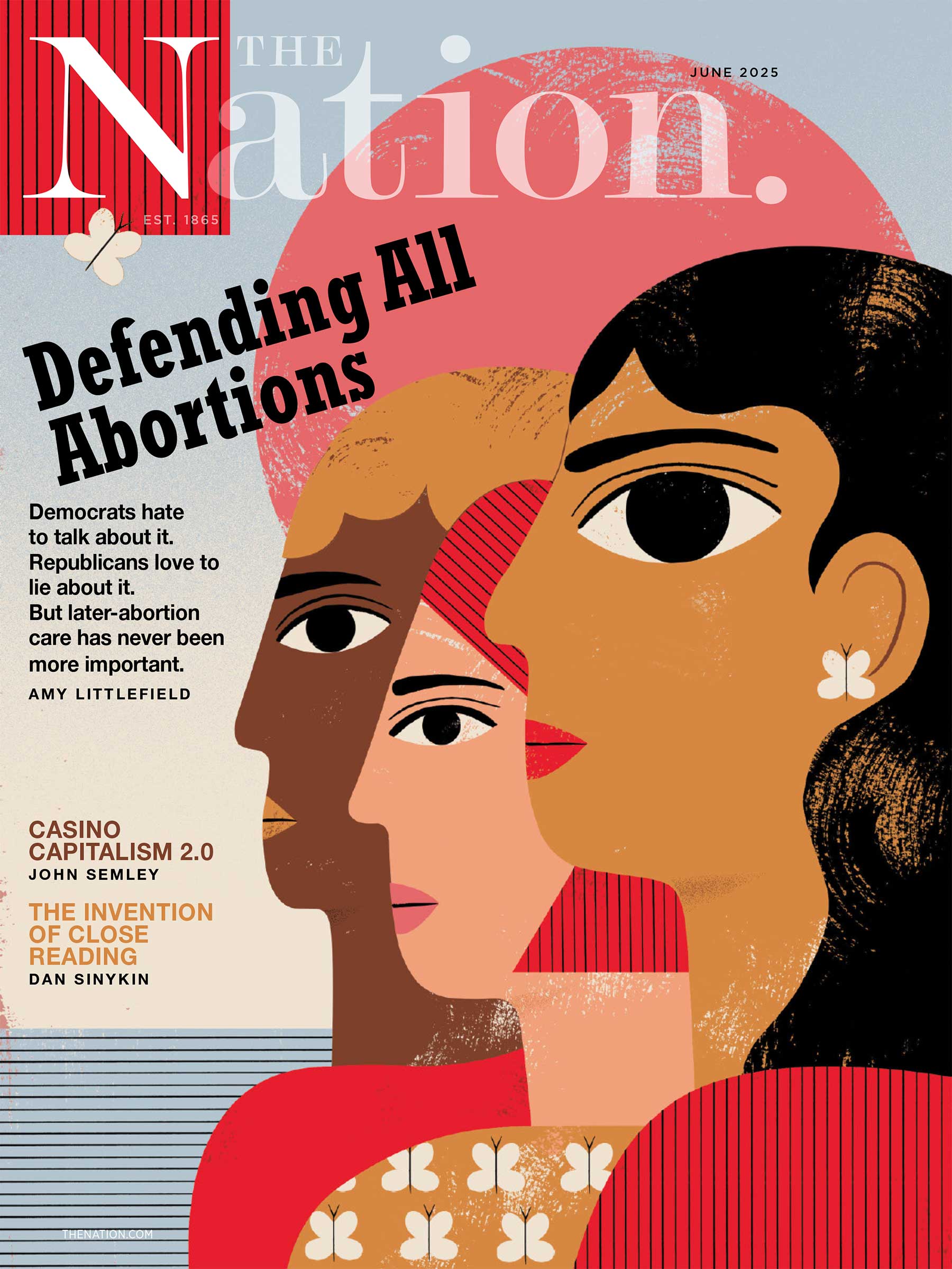In September 2022, Princeton University announced plans to divest its $35 billion endowment and to end financial research ties with 90 fossil fuel companies, including ExxonMobil, Synergy, and Total. “We’re grateful to the Princeton faculty members who dedicated their time and expertise to addressing an important and challenging set of questions,” wrote Weezie Sams, the chair of Princeton’s board, in its announcement. “It is thanks to their work, and the engagement of many members of the University community, that we’re able to take these steps today.”
But the announcement pointedly erased Divest Princeton from this historic moment. Instead, Sams wrote of a “community-initiated two-year process.” This language buries the fact that the process actually began in the fall of 2019 when a group of Divest Princeton supporters began organizing, researching and writing. Those dedicated efforts led to the submission of a formal proposal for divestment from fossil fuels in February 2020. For the next two and a half years, it was the unrelenting work of Divest Princeton activists that kept divestment—and Princeton’s role in the climate crisis—front and center.
This is not the first time we have seen the university erase the role of student activism. In 2020, after Princeton removed the name of Woodrow Wilson from the School for Public and International Affairs following years of student organizing, the Black Justice League also called for an honest acknowledgement. “President Eisgruber, if you and the University Board of Trustees want to demonstrate your collective commitment to improving the material conditions of Black people on campus and beyond, acknowledge the work of past student organizers, including the Black Justice League, and heed the demands of current student organizers.”
Jessica Lambert, a 2022 alumnus and fellow StudentNation writer, experienced this phenomenon firsthand while organizing with Natives at Princeton and the Princeton Indigenous Advocacy Coalition. “The university did not credit the work that we did,” said Lambert. “The Native Alumni of Princeton secured a $5 million donation for an endowed chair of Indigenous studies. A-dae Romero-Briones ’03 catalyzed this initiative and secured the donation, and other alumni such as Yolandra Gomez Toya ’88 were core to the work to make this position a reality. However, when the university announced the initiative, it was wholly framed as a Princeton University initiative.”
Recognition matters not for our own satisfaction but for posterity. Divestment happened because more than 3,100 community members—the second-largest petition in Princeton’s history—pledged to withhold donations until divestment. The truth matters because it is through history that we understand how institutions make decisions and how change happens. In our own activism, we relied on the tactics of anti-apartheid campaigns to gain a better understanding of divestment precedent. We drew on the Black Justice League and the Change Woodrow Wilson School to understand how to build broad coalitions and how the administration makes decisions. We understood from SPEAR, the prison reform and education advocacy group on campus, that the process of working with the Resources Committee required diligence and persistence. We learned from our peers in Natives at Princeton and the Princeton Indigenous Advocacy Coalition that Princeton responds to pressure related to reputation and comparison to peer institutions. We took notes as Title IX reformers camped outside of Nassau Hall for nine days, learning about the importance of visible protest and creating a presence for ourselves and indeed borrowed the same strategy of asking Princetonians to withhold donations from Princeton until the administration acted. We built upon earlier iterations of a divestment campaign using resources and learnings from former organizers.
What might appear to be a bold and urgent step toward mitigating climate change by Princeton was, in fact, the culmination of years of organizing and sustained community input. We hope that the voices of the community are not drowned out in this momentous accomplishment, and that these voices are still heard today to ensure that there is follow-through behind the move to divest. Without nearly a decade of community organizing there would be no decision to celebrate. Activism can move people and institutions, and at Princeton, that’s exactly what happened.


